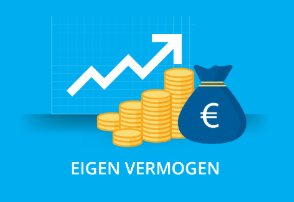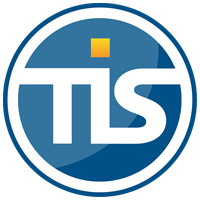| 29-05-2020 | Vincenzo Masile | treasuryXL |
Recently, it was determined that the Dutch GDP fell by -1.7% in the first quarter of 2020, suggesting that the economic impact of the corona-virus was mild, at least in international comparison. Although the second quarter is likely to be much worse, the ‘intelligent lock-down’ as dubbed by Prime Minister Mark Rutte, has economically paid off so far.

Given the Dutch economy’s high degree of openness and the fact that Dutch expenditure data for January and February was disappointing, the small GDP decline might be a bit surprising. What stands out as more important, however, is the relative mildness of the Dutch lock-down compared to many Europe. That said, the Dutch government has decided to extend economic support measures by three months until September. The emergency package 2.0 means 13 billion euros of additional fiscal support.
Economic and Financial support
The existing support measures were about to expire by June 1, 2020, but have now been extended until September 1, 2020. Some conditions for public support have been made stricter. For example, firms using the wage subsidy – the main instruments of the support package, will be temporarily (in 2020) forbidden to pay out any dividends or executive bonuses or execute share buy-backs.
The firm will also be obliged to encourage employees to train or retrain and prepare the workforce for future proof jobs. Income support for self-employed people will start to be conditional on the financial position of the partner. Some major restriction to the wage subsidy scheme will be lifted and conditions of the “emergency packages 2.0” are more tailor-made for specific industries. Firms will no longer have to pay a fine for firing workers due to economic reasons, although they will still have to pay back the subsidy. Furthermore, season-sensitive industries will be able to benefit from tweaks to the reference period of their wage bill. The scheme has also been made more generous with respect to the size of the subsidy – 140% of wages instead of 130% (of which they get 90% proportional to turnover losses), in light of the fact that some firms not only have social security to pay on top of wages but also have high non-wage fixed cost.
Apart from the effect of a falling tax base (i.e. automatic stabilization), the direct costs of the extension of the emergency packages have been estimated by the government at 13 billion euro (1.6% of GDP in 2019) for 2020, excluding support for air carrier Air-France – KLM. This comes on top of an existing package of about 14% of GDP (estimates based on government figures), of which 2.2% GDP involved direct net additional expenditures such as gifts, 4.2% GDP in loans and tax deferrals, 1.8% GDP in guarantee and insurance budgets and 5.6% GDP in automatic stabilization for 2020. The bulk of the cost of the extension comes from the direct cost of the wage subsidy scheme and benefits assistance scheme for the self-employed, which mostly qualify as gifts, bringing the total direct net additional expenditures for 2020 to 3.9% of 2019 GDP.
Forward
In line with the earlier announcement, the lock-down will be lifted gradually, allowing for the start of partial economic recovery from the low production levels of April and May. Bars, restaurants, cinemas and theaters will be allowed to reopen on 1 June, generally starting with a maximum of 30 guests at 1.5 meters distance. In the first week of June, all schools including secondary and tertiary will reopen too.
The Dutch government is following other European governments in choosing a path of gradual resumption of economic activity combined with continued economic support. This should mitigate the economic consequences of the corona-virus at least to some extent. However, this won’t prevent the large decline in GDP in the second quarter, after the relatively “mild” decline in the first quarter. It is important to outline the on- going negotiations between EU countries regarding the so-called recovery fund (estimated amount Euro 500 bn.) and the impact on the EU economies.
If a reasonable compromise is reached this can boost the Q3 and Q4 outlook across all EU and the impact on the Dutch economy will be beneficial too.

Vincenzo Masile
Treasury Expert/Credit Risk Manager
 About Jason:
About Jason:













